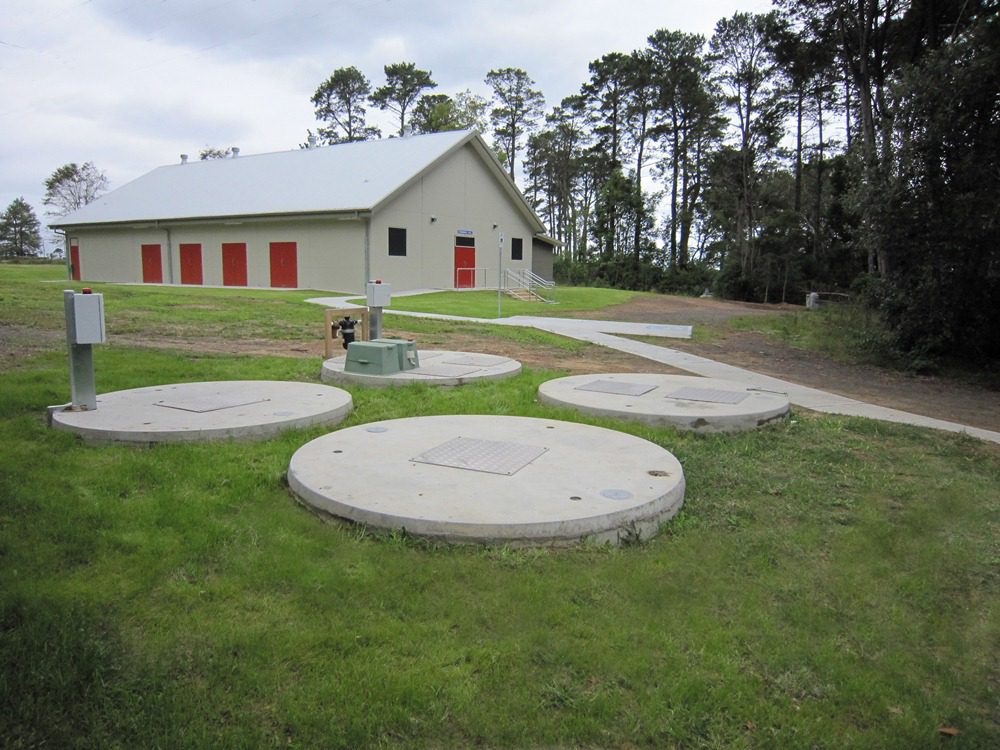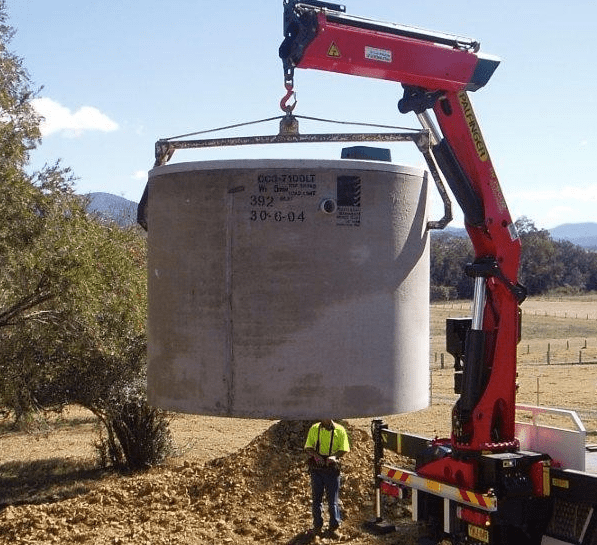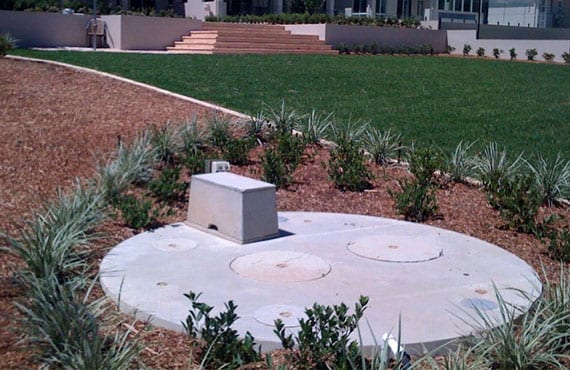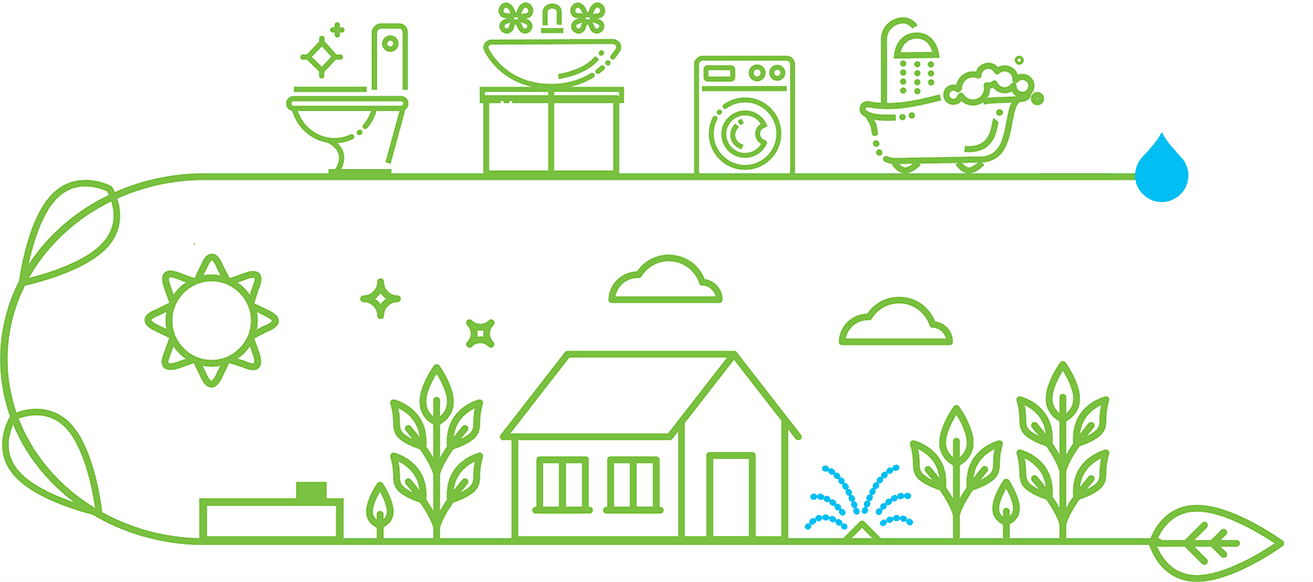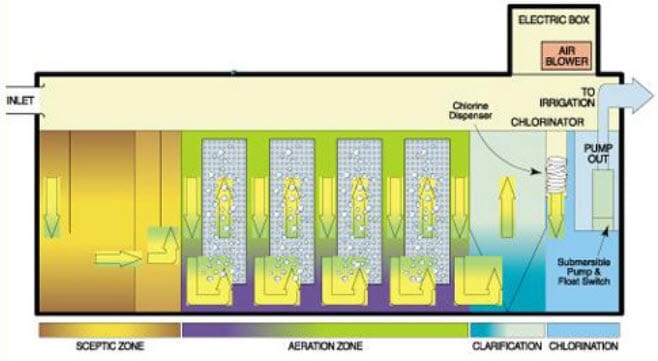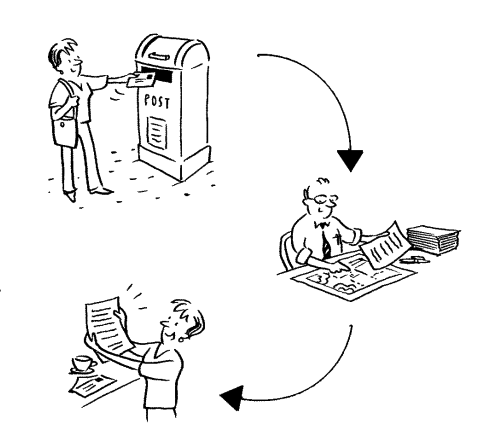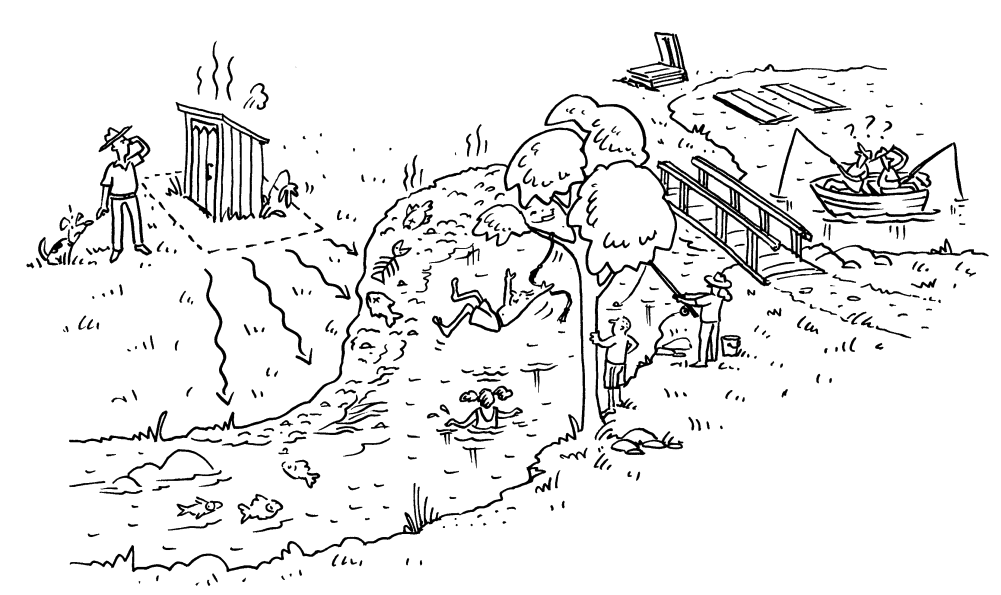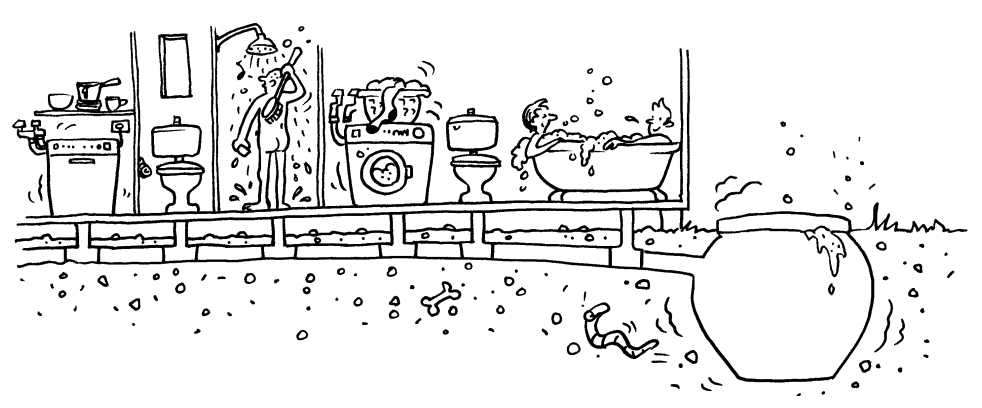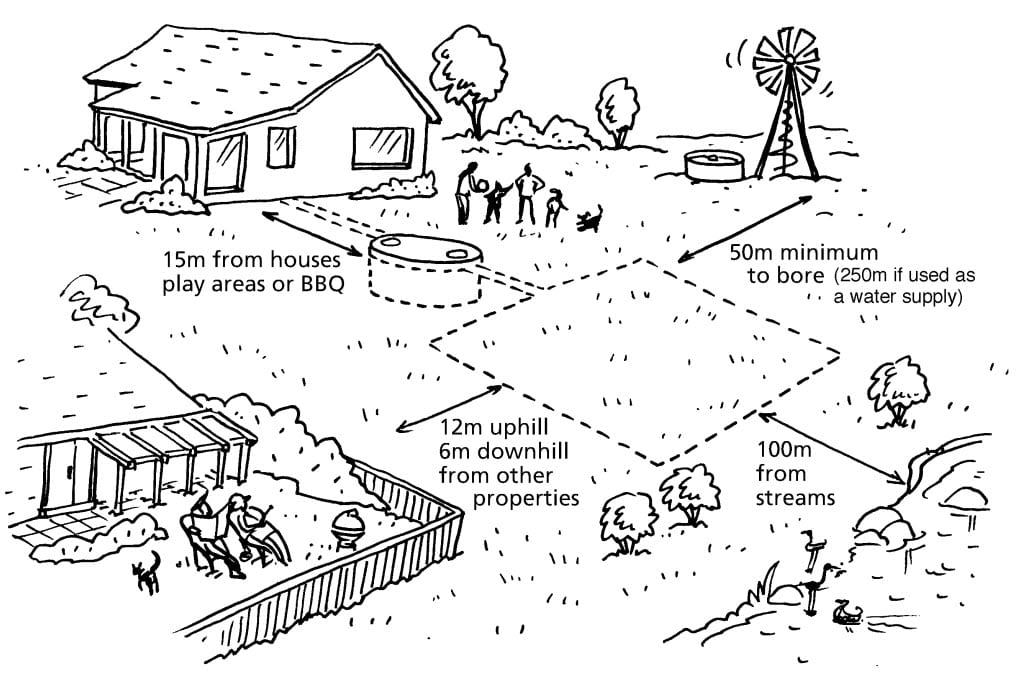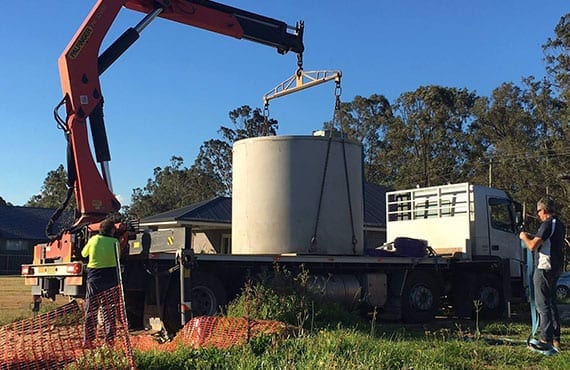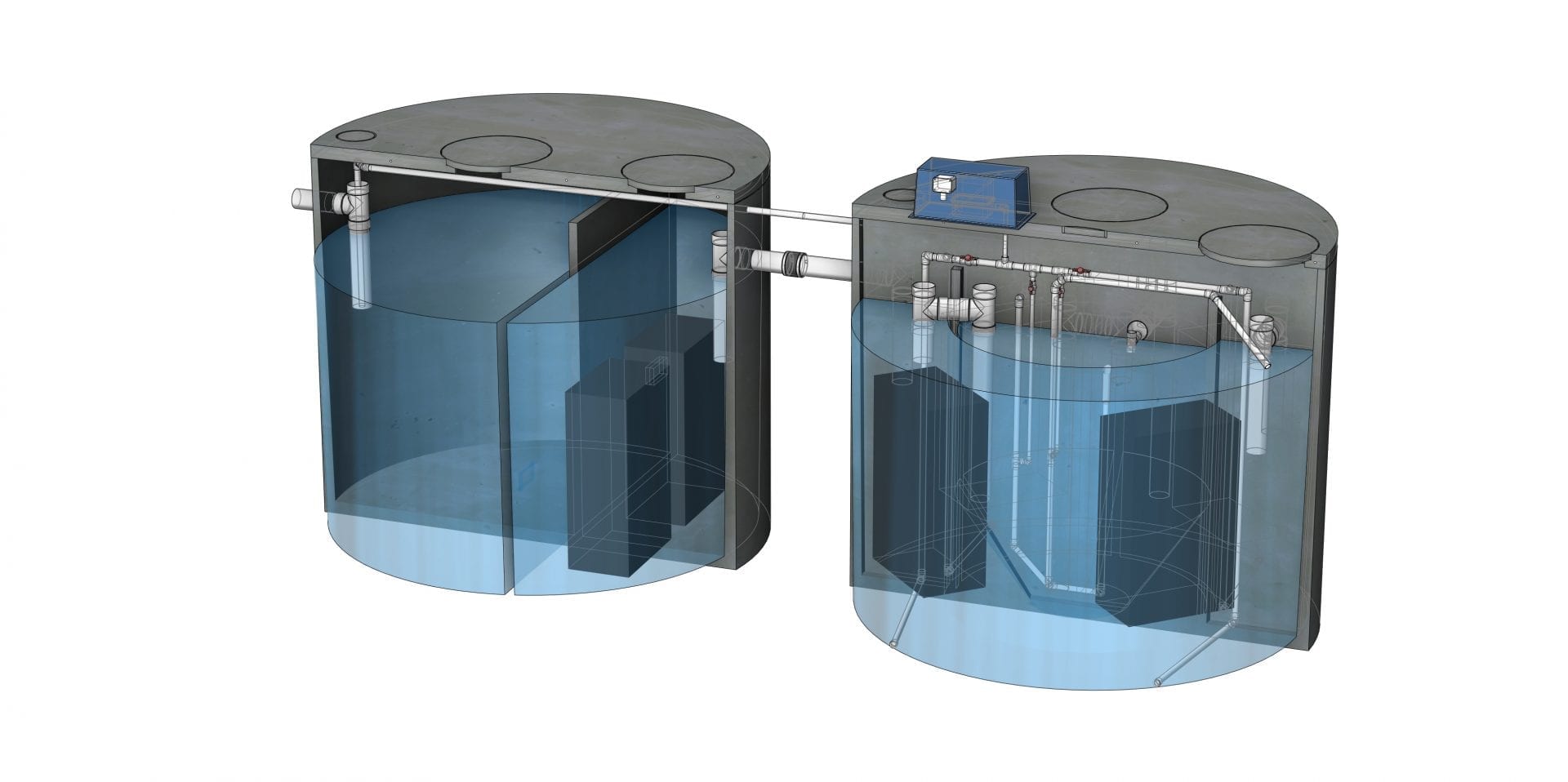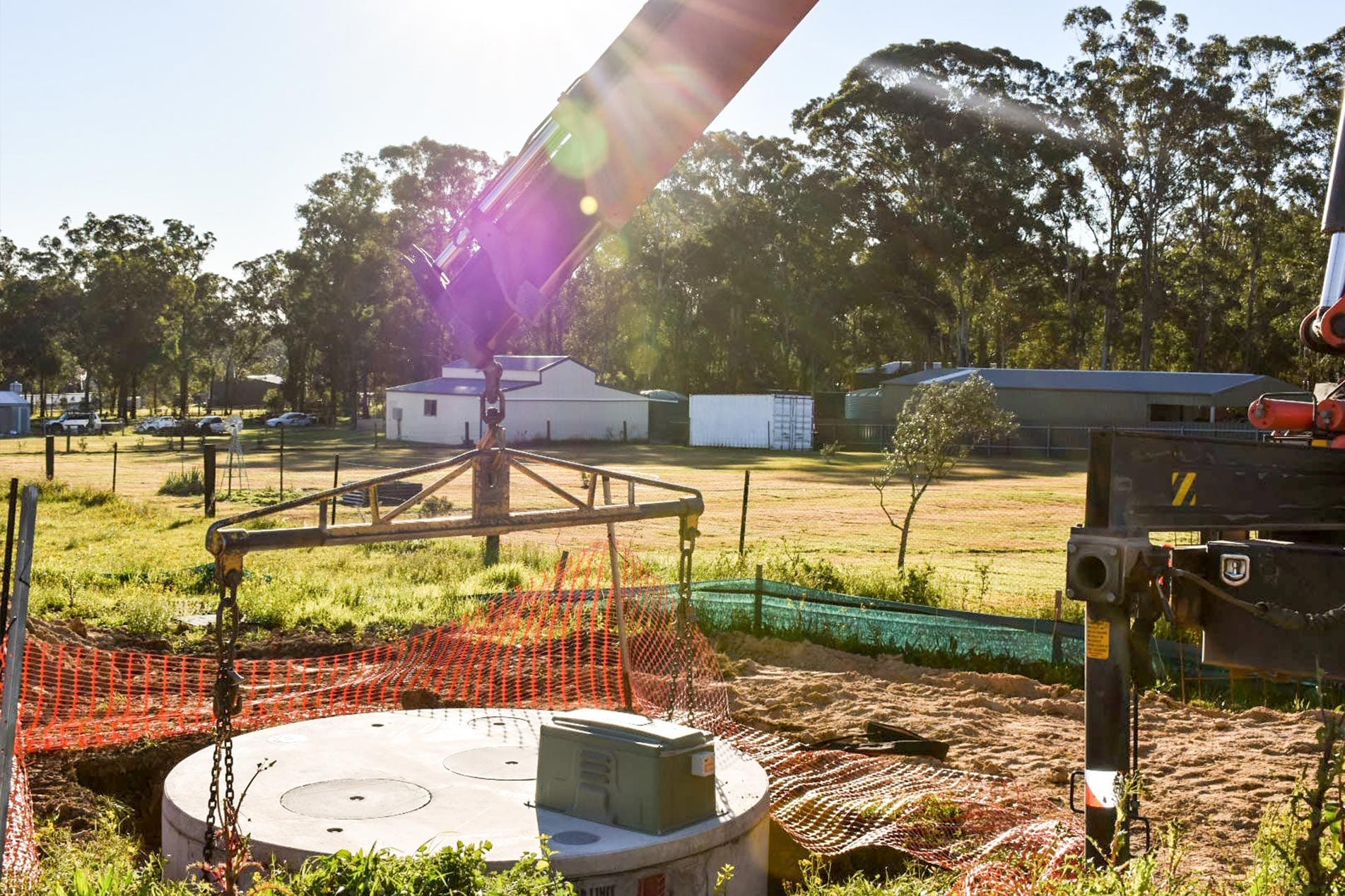Septic Tanks Mid North Coast
In the Mid North Coast region of NSW, including areas like the Port Macquarie-Hastings regions, Kempsey Shire, Nambucca Valley, MidCoast areas, Macleay Valley, and Coffs Harbour and Coffs Coast, septic tanks are essential where municipal sewer services are unavailable.
If you’re considering installing a septic tank system in these Mid North Coast regions of NSW, it’s crucial to understand local regulations and system options. Factors such as soil conditions, tank size, maintenance requirements, and local council regulations play a significant role in the design and installation process.
Some things to consider when installing Septic Tanks Mid North Coast include the following:
- Soil conditions: The type and quality of soil on your property will affect the design and installation of the septic tank system. A percolation test can be conducted to determine the soil’s ability to absorb water and to choose the required drain field size.
- Tank size: The size of the septic tank will depend on the size of the property, the number of occupants, and the expected water usage. A licensed professional can help determine the appropriate size for your needs.
- Maintenance requirements: Regular maintenance and pumping of the septic tank are required to ensure the system’s proper functioning. Following the recommended pumping schedule and hiring a licensed septic system maintenance professional to perform the maintenance is essential.
- Local regulations: Mid North Coast councils and LGAs (see below for links to all Mid North Coast councils) regulate septic tank system installation and use; it’s essential to check with your local council to ensure your system meets all requirements and obtains the necessary council websites:
- Type of system: Several types of septic tank systems are available, including traditional septic systems, which use a septic tank and drain field. Aerobic Treatment Units (ATUs) like AWTS introduce oxygen to enhance waste breakdown through to more advanced systems like Advanced STS and Advanced Membrane Bio-Reactors. Each system has advantages and disadvantages, and it is important to choose the system that best fits your needs and site conditions. If you haven’t already read our Septic Tank Buying Guide, we recommend you do so.
When choosing a septic tank system in the Mid North Coast, it is important to consult a licensed professional with experience in installation and maintenance in your local area. They can help you choose the right system for your needs, obtain the necessary permits, and install it properly.
Here are some general guidelines for septic tank requirements on the Mid North Coast of NSW
Local councils across the Mid North Coast region, including City of Coffs Harbour (Coffs Harbour, Sawtell, Woolgoolga), Kempsey Shire Council (Kempsey, South West Rocks, Crescent Head), MidCoast Council (Taree, Forster, Tuncurry, Wingham, Gloucester, Harrington), Nambucca Valley Council (Nambucca Heads, Macksville, Bowraville), Port Macquarie-Hastings Council (Port Macquarie, Wauchope, Laurieton), regulate septic system installation. Regulations may vary, but some common requirements include:
Some standard regulations that may apply when installing a septic system on the Mid North Coast include the following:
- Approval and permits: Contact your local Council or the local authority responsible for issuing permits and approvals for septic systems. They will provide you with the necessary guidelines and information on the approval process.
Plans and Specifications Should Include:
a) Site Plan
b) Proposed Internal and External Drainage, Tank and Trench Position
c) Trench Design
d) Septic Tank Manufacturers Specifications
e) Certificate of Accreditation from NSW Health Visit the NSW Health website.
- Site and soil assessments: The local council may require a site and soil assessment before installing a septic system. This may involve testing the soil to determine its ability to absorb water, assessing the site’s slope and drainage, and ensuring adequate space for the system.
- Minimum setback distances: Ensure that the septic system design complies with the requirements set by your Mid North Coast LGA Council area or relevant authority. This includes considerations for setbacks from buildings, water bodies, property boundaries and soil and groundwater suitability.
- Application and Permit: Submit a septic system installation permit application to your relevant Mid North Coast Council or relevant authorities. The application typically includes the system design plans, property details, and any other required documentation. Pay any applicable fees.
- System design and construction: Engage a professional septic system designer or an environmental consultant to assess the property, soil conditions, and groundwater levels. They will design a septic system that meets the specific requirements of your property and complies with local regulations.
- Installation: Hire a licensed plumber or septic system installer to install the approved septic system according to the design specifications and any additional requirements specified by the council.
- Inspections: Arrange for inspections by the applicable Mid North Coast Council or relevant authorities at various stages of the installation process. These inspections ensure that the septic system is being installed correctly and meets the required standards.
- Maintenance: Once the septic system is installed, it is essential to regularly maintain and service it according to the manufacturer’s recommendations and any requirements set by the council. Regular pump-outs and inspections may be necessary to ensure the system’s proper functioning.
Useful Reading:
- Septic Tank Regulations In NSW
- Septic Tank Buying Guide
- Guide: Septic Tanks Newcastle
- Guide: Septic Tanks North Coast
- Guide: Septic Tanks Central West
We’ve designed and installed septic tanks throughout the greater Mid North Coast regions.
For over 30 years, we have provided reliable Sewage Treatment Systems, Septic Tanks, Aerated Wastewater Treatment Systems (AWTS), and Advanced Secondary Treatment Systems (STS) for both domestic and commercial installations across NSW. Our Garden Master “Elite” Advanced Secondary Treatment System (STS) is our primary septic tank system for Mid North Coast properties. The Elite is perfect for domestic premises with up to 10 people. It is based on a single concrete septic tank with a 7100L capacity.
The Garden Master “Elite” Advanced Secondary Treatment System (STS)
To learn more about our range of wastewater systems in Mid North Coast, click through to our Systems page.
Garden Master provides reliable sewage treatment systems, septic tanks, Aerated Wastewater Treatment Systems (AWTS), and Advanced STS systems for domestic and commercial installations across the Mid North Coast region.
Our systems are designed to meet your property’s specific needs, ensuring efficiency and environmental sustainability. Whether you’re in Coffs Harbour, Sawtell, Woolgoolga, Bellingen, Dorrigo, Urunga, Nambucca Heads, Macksville, Bowraville, Kempsey, South West Rocks, Crescent Head, Port Macquarie, Wauchope, Laurieton, Taree, Forster, Tuncurry, Wingham, Gloucester, Harrington or any other part of the Mid North Coast of NSW, we can help you choose and install the right system for your property.
If you’re unsure what septic system would suit your property on the Coffs Coast, Bellingen Valley and Dorrigo Plateau, Nambucca Valley, Macleay Valley, Hastings River Region, Great Lakes and Manning River, or Barrington Coast Hinterland, check out our article Septic Tank Buying Guide or simply get in touch for some friendly advice.

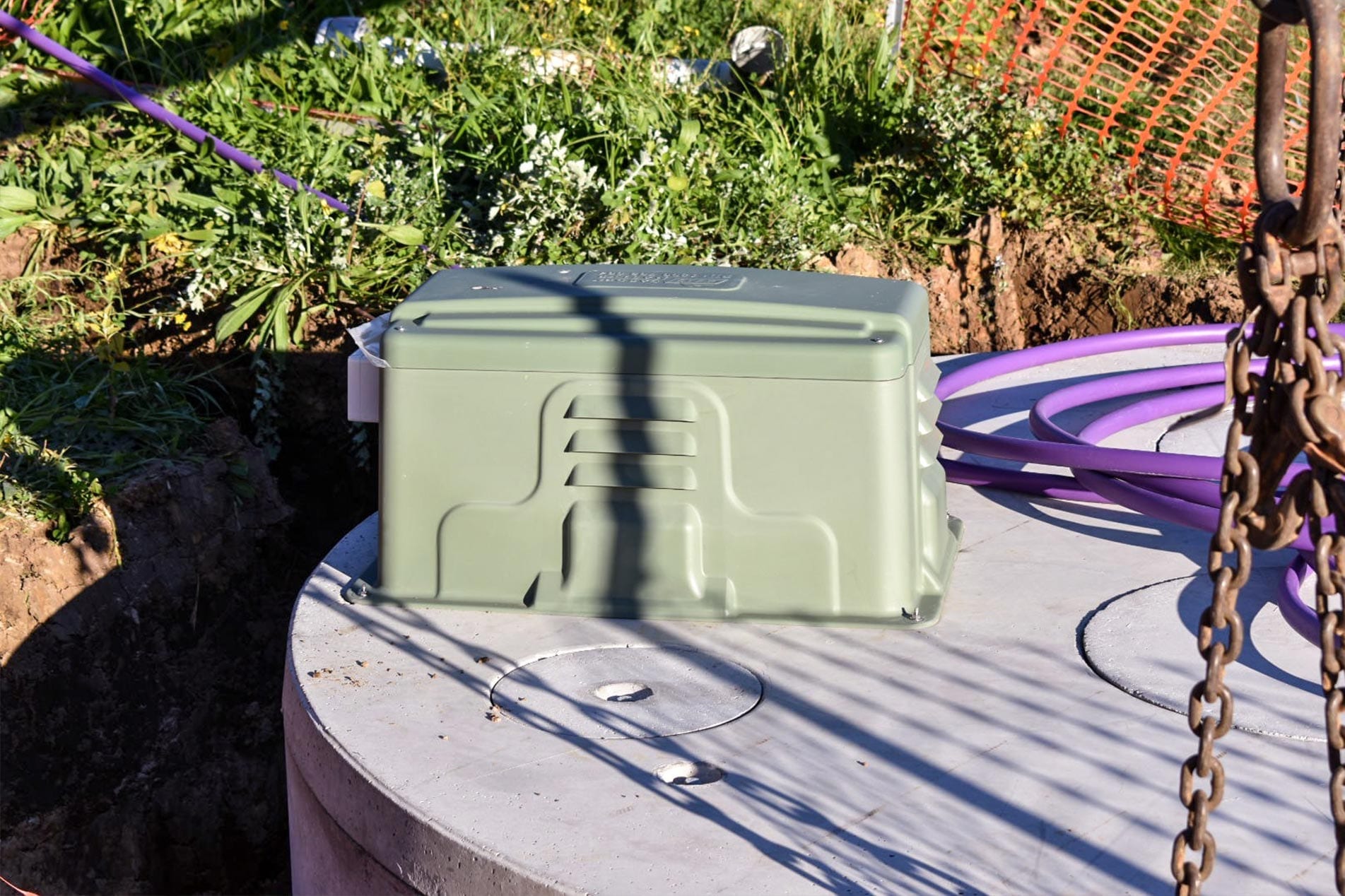
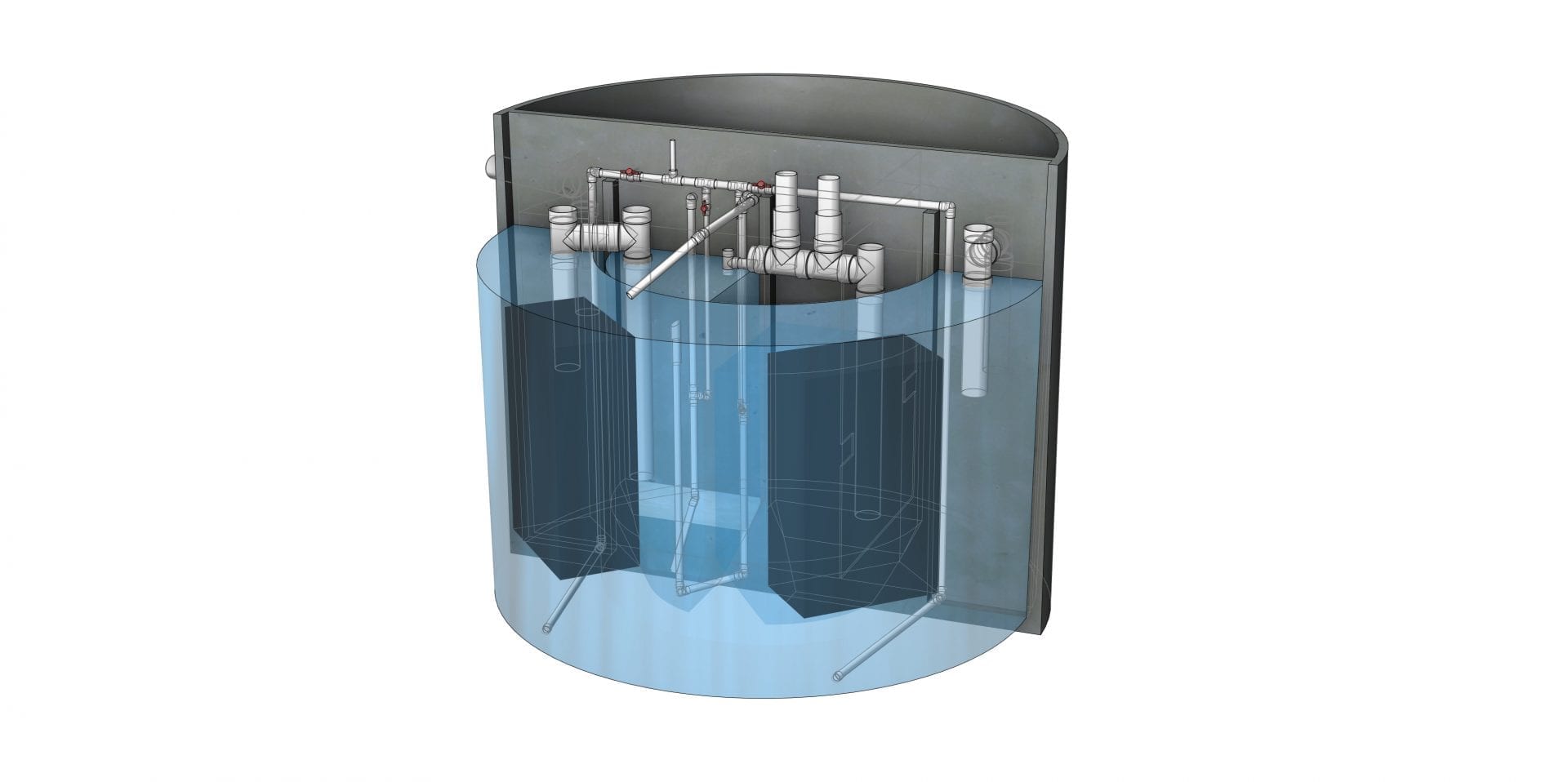

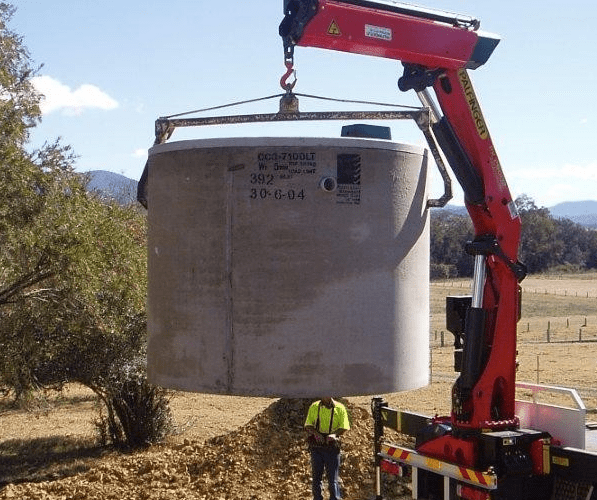

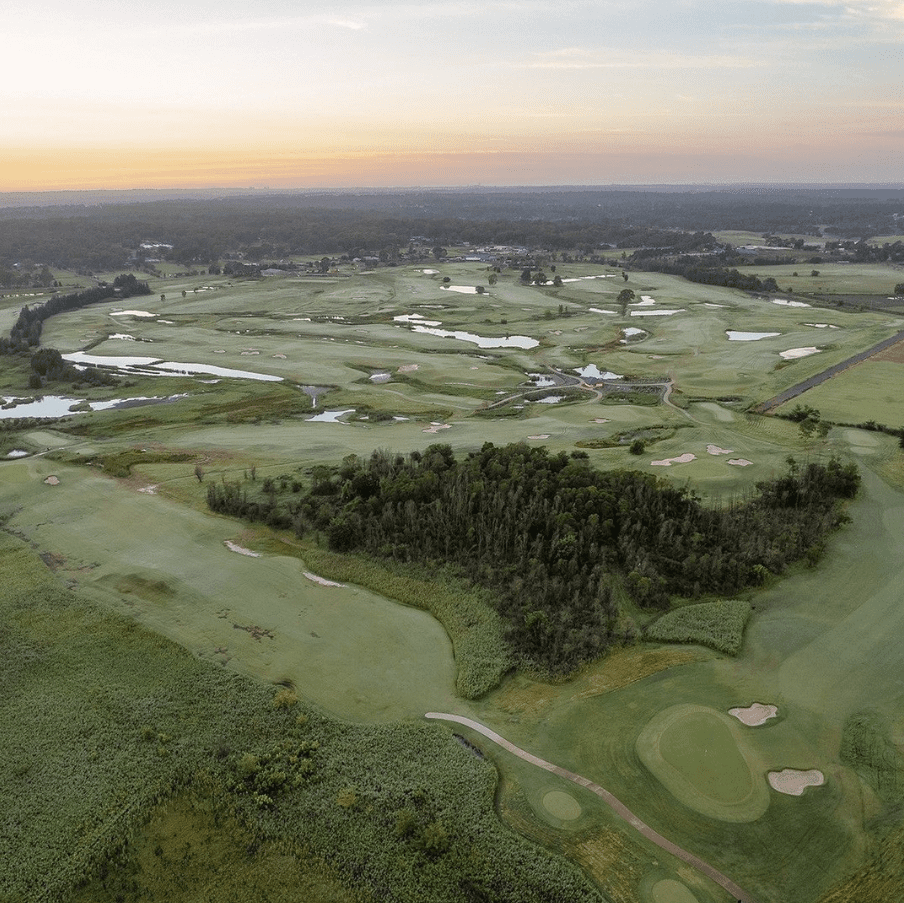


 This new
This new 
